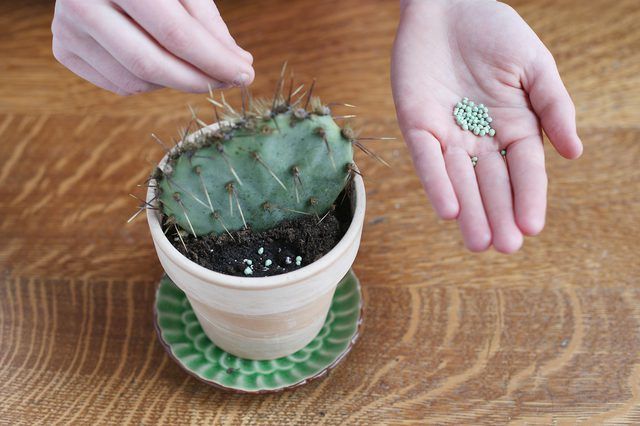Bulbs
Flower Basics
Flower Beds & Specialty Gardens
Flower Garden
Garden Furniture
Garden Gnomes
Garden Seeds
Garden Sheds
Garden Statues
Garden Tools & Supplies
Gardening Basics
Green & Organic
Groundcovers & Vines
Growing Annuals
Growing Basil
Growing Beans
Growing Berries
Growing Blueberries
Growing Cactus
Growing Corn
Growing Cotton
Growing Edibles
Growing Flowers
Growing Garlic
Growing Grapes
Growing Grass
Growing Herbs
Growing Jasmine
Growing Mint
Growing Mushrooms
Orchids
Growing Peanuts
Growing Perennials
Growing Plants
Growing Rosemary
Growing Roses
Growing Strawberries
Growing Sunflowers
Growing Thyme
Growing Tomatoes
Growing Tulips
Growing Vegetables
Herb Basics
Herb Garden
Indoor Growing
Landscaping Basics
Landscaping Patios
Landscaping Plants
Landscaping Shrubs
Landscaping Trees
Landscaping Walks & Pathways
Lawn Basics
Lawn Maintenance
Lawn Mowers
Lawn Ornaments
Lawn Planting
Lawn Tools
Outdoor Growing
Overall Landscape Planning
Pests, Weeds & Problems
Plant Basics
Rock Garden
Rose Garden
Shrubs
Soil
Specialty Gardens
Trees
Vegetable Garden
Yard Maintenance
How to Grow Prickly Pear Cactus
How to Grow Prickly Pear Cactus. Tough and undemanding, prickly pears (Opuntia spp.) grow in hot, dry garden spots that are a problem for leafy plants. With about 200 species native to North, South and Central America, the cactuses range in size from ground-hugging plants to trees more than 10 feet tall. They have flattened, usually rounded,...
Tough and undemanding, prickly pears (Opuntia spp.) grow in hot, dry garden spots that are a problem for leafy plants. With about 200 species native to North, South and Central America, the cactuses range in size from ground-hugging plants to trees more than 10 feet tall. They have flattened, usually rounded, water-storing stems with each joint called a pad. Showy, cup-shaped spring flowers are followed by fleshy fruits. Prickly pears grow outdoors in U.S. Department of Agriculture plant hardiness zones 3b through 11, with variation depending on the species.
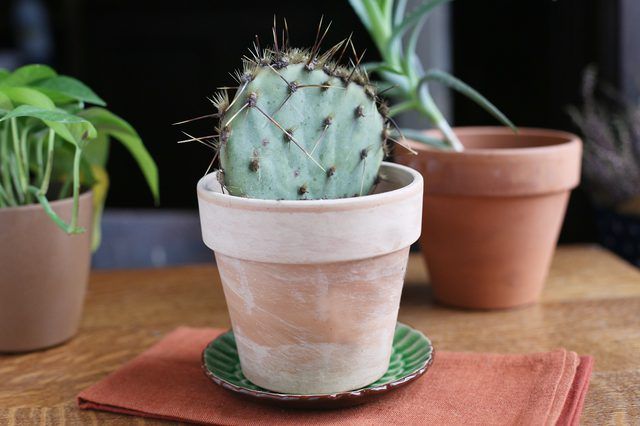
Prickly pears will grow in many different soil types as long as it drains well. They prefer a sandy loam and tolerate alkaline soil conditions. Spacing for most species is about 2 to 3 feet apart, but varies depending on the species. Large plants, like Indian fig (Opuntia ficus-indica), which grows in USDA zones 8 through 11, can grow 16 feet tall and wide. If space is limited, choose smaller species, such as hardy prickly pear (Opuntia humifusa), which grows in USDA zones 5 through 10 or beavertail cactus (Opuntia basilaris), which reaches 2 feet tall and 4 feet wide in USDA zones 7 through 10.
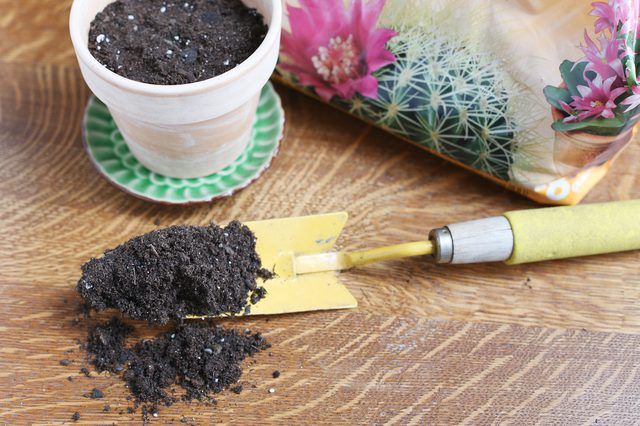
Water prickly pear during the summer for the first year it's in place. After it's established, it is drought-tolerant and usually doesn't need supplemental watering. Cactuses will grow faster with additional water in spring and summer, but this isn't needed, especially if space is limited. In hottest summer areas during drought periods, the pads may become thin and wrinkled as they use their stored water. Although the plants survive, you can water to restore the plump appearance of the pads and make them look better. Give enough water to soak the upper several inches of soil. Prickly pear roots are plentiful right beneath the soil surface, allowing the cactuses to quickly absorb moisture.
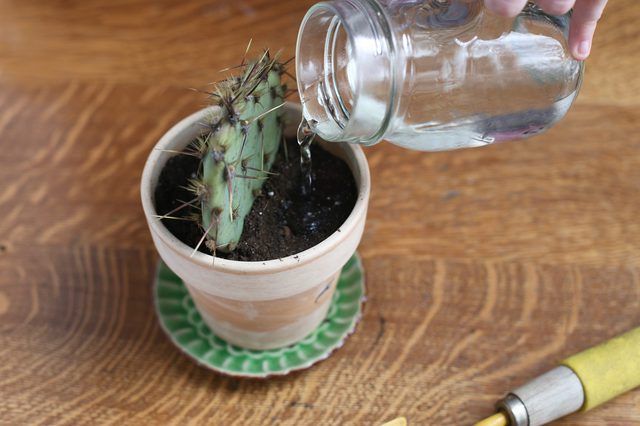
Plant prickly pears in full sun. They can tolerate partial shade but growth may become elongated and flowers aren't as plentiful. Prune prickly pears to keep them to size. Handle the pads with kitchen tongs to avoid injury from the long spines and the small, hairlike spines, called glochids. For species that have only tufts of glochids, such as beavertail and bunny ears (Opuntia microdasys), which grows in USDA zones 7 through 10, spray the prickly pear with water before working with it. This prevents glochids from becoming airborne, where they can irritate skin or become a respiratory hazard. Clean your pruning tools with a cloth dipped in rubbing alcohol to prevent the spread of disease. Use pruning shears for smaller pads and a pruning saw for larger, tougher pads. Remove the outermost pads, cutting at the narrowest part of the pad where it joins with a lower pad. Large pads can be heavy because of the stored water. A good time to prune is during the summer after any new pads have matured.
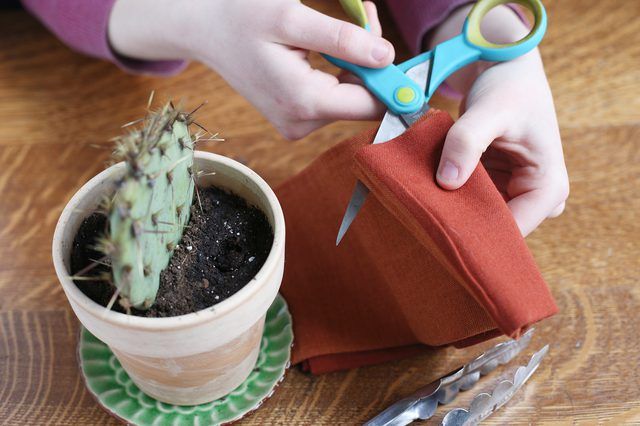
Prickly pears don't need fertilizer because their roots are efficient in harvesting nutrients from the soil. If you want more flowers and fruits without increased pad growth on your prickly pears, give them a no-nitrogen fertilizer such a 0-10-10 monthly. Apply at the rate of 2 tablespoons per 1 foot of plant width or height. Scatter the fertilizer evenly around the plant, dig it into the top layer of soil, and water the soil. Prickly pears can be invasive in some areas.
